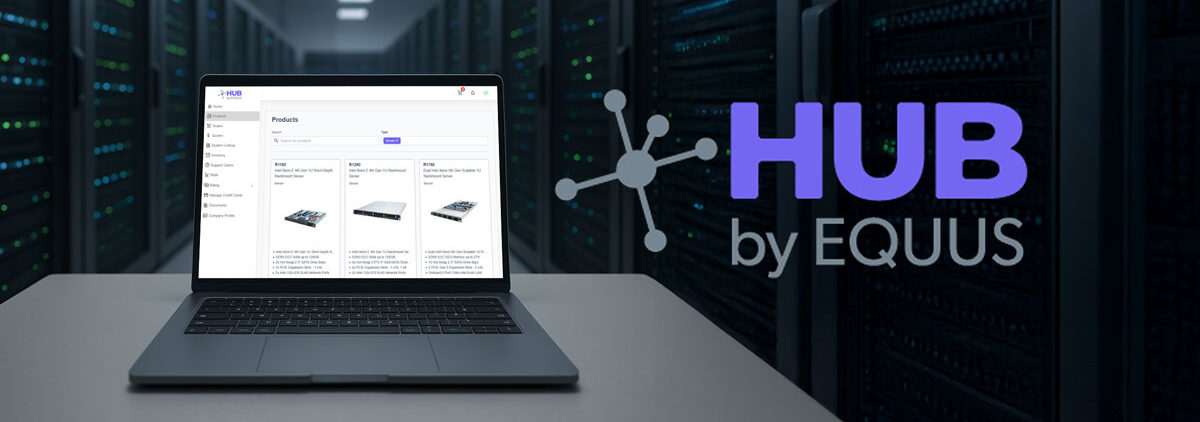As more and more businesses move to the cloud, there is an increasing demand for private cloud infrastructure. Switching to the private cloud offers many advantages over the public cloud, like enhanced security and more data control. Private clouds are also more flexible than their counterparts and can be customized to meet the specific needs of a business.
Before switching to a private cloud infrastructure, there are a few things to consider. First, you must determine if your business is ready for the private cloud. Second, it’s essential to understand the different steps involved in setting up a private cloud infrastructure. And third, you need to select the ideal hardware partner.
Assessing Your Private Cloud Readiness
Switching to a private cloud too early can be a costly mistake since organizations may lack the budget or expertise to set up their infrastructure properly. Answering the following questions will help you determine if your business has the need and capabilities to set up a private cloud:
- Do I have a clear understanding of my business needs?
- Do I have a clear understanding of my IT infrastructure?
- Do I have a clear understanding of my budget?
- Do I have a clear understanding of my security needs?
When assessing your situation, you’ll encounter facts that will clarify your path forward. For example, you may find that your industry’s security requirements make it impossible to use the public cloud or that your budget can’t support the significant capital expenditure required to jumpstart your private cloud.
Once you ascertain that your business is ready for the private cloud, you can begin setting up your infrastructure.
Setting Up Your Private Cloud Infrastructure
You want to be organized and forward-thinking when setting up private cloud infrastructure. These qualities will help you avoid major upgrades in the near future and create policies and procedures that protect your data. In addition to the steps below, you’ll need to create a backup solution and documentation to help developers provision software.
- Plan your infrastructure. A private cloud requires that compute, network and storage hardware be organized into clusters to power the underlying virtualized environment. Additionally, you’ll need to choose software to help manage your network, backups, and security.
- Set up your servers. You will need at least one server for your storage controller and one for each storage node. Once your servers are set up, you’ll configure them and install the required software.
- Create your storage pool. This is where you decide how much storage capacity you want and how you’ll divide it between your servers. By creating workspaces and folders beforehand, you can maintain a predictable and manageable hierarchy.
- Install your server management software and user applications. Server management software will help you visualize and manage your computing resources as well as implement security features to protect your network. Setting up these tools before adding clients to your network will simplify administration.
- Configure your clients. You need to install the client software on each workstation and laptop that will be accessing the private cloud storage. And don’t forget to configure their settings so they can connect to the correct shares and folders.
Private cloud storage can offer many benefits for businesses, including increased flexibility and control. By setting up your system correctly, you’ll ensure your business has the storage capacity it needs without sacrificing security or control.
Equus Compute Solutions can help you plan, deploy, and maintain the hardware solutions you need to run your private cloud infrastructure. If you’re looking for a hardware partner to help you leverage the control and security of the private cloud, reach out to one of our experts.








